Can I Install My Own Solar Panels?
As the world continues to shift towards renewable energy sources, many homeowners are considering the installation of solar panels to reduce their carbon footprint and save on energy costs. One common question that arises is whether it is feasible for individuals to install their own solar panels. This article will explore the various aspects of DIY solar panel installation, including the benefits, challenges, and practical steps involved. By the end of this article, you should have a clear understanding of whether installing your own solar panels is a viable option for you.
Benefits of Installing Your Own Solar Panels
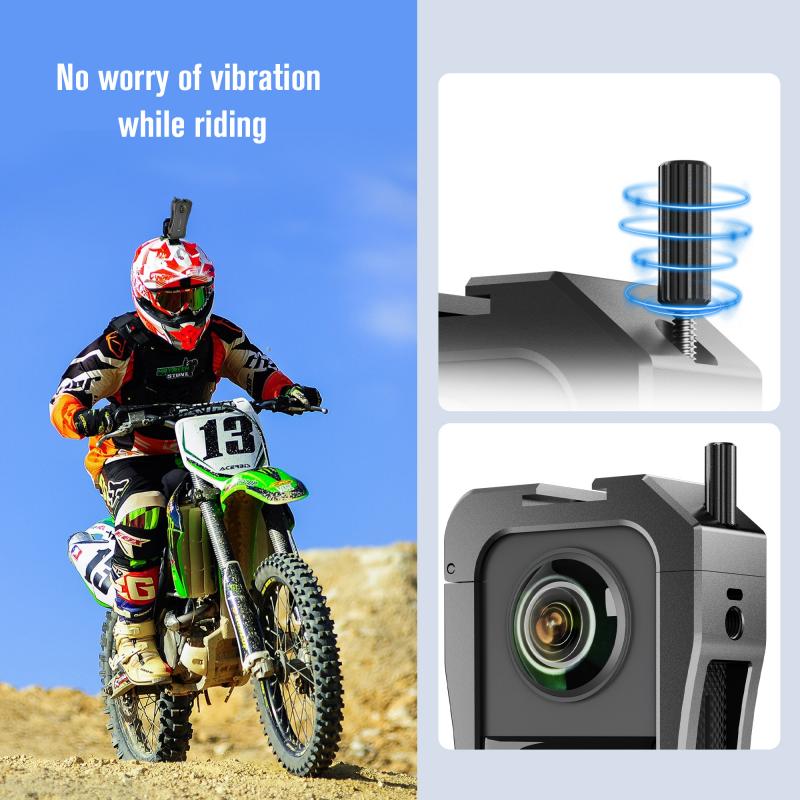
1. Cost Savings: One of the most significant advantages of installing your own solar panels is the potential for cost savings. By eliminating labor costs associated with professional installation, you can significantly reduce the overall expense of your solar energy system. Additionally, many states offer tax incentives and rebates for solar panel installations, which can further offset the initial investment.
2. Personal Satisfaction: For those who enjoy DIY projects, installing your own solar panels can be a highly rewarding experience. Successfully completing the installation can provide a sense of accomplishment and a deeper understanding of how your solar energy system works.
3. Customization: When you install your own solar panels, you have complete control over the design and layout of your system. This allows you to tailor the installation to your specific energy needs and preferences.
Challenges of DIY Solar Panel Installation

1. Technical Expertise: Installing solar panels requires a certain level of technical knowledge and expertise. You need to understand electrical systems, roofing, and local building codes. Without this knowledge, you may encounter difficulties during the installation process or, worse, create safety hazards.
2. Time-Consuming: DIY solar panel installation can be a time-consuming process, especially if you are unfamiliar with the steps involved. From planning and purchasing materials to mounting the panels and connecting the electrical components, the entire process can take several weeks or even months to complete.
3. Potential for Mistakes: Mistakes during installation can lead to reduced system efficiency, damage to your property, or even personal injury. Professional installers have the experience and training to avoid these pitfalls, whereas DIY installers may be more prone to errors.
Practical Steps for DIY Solar Panel Installation
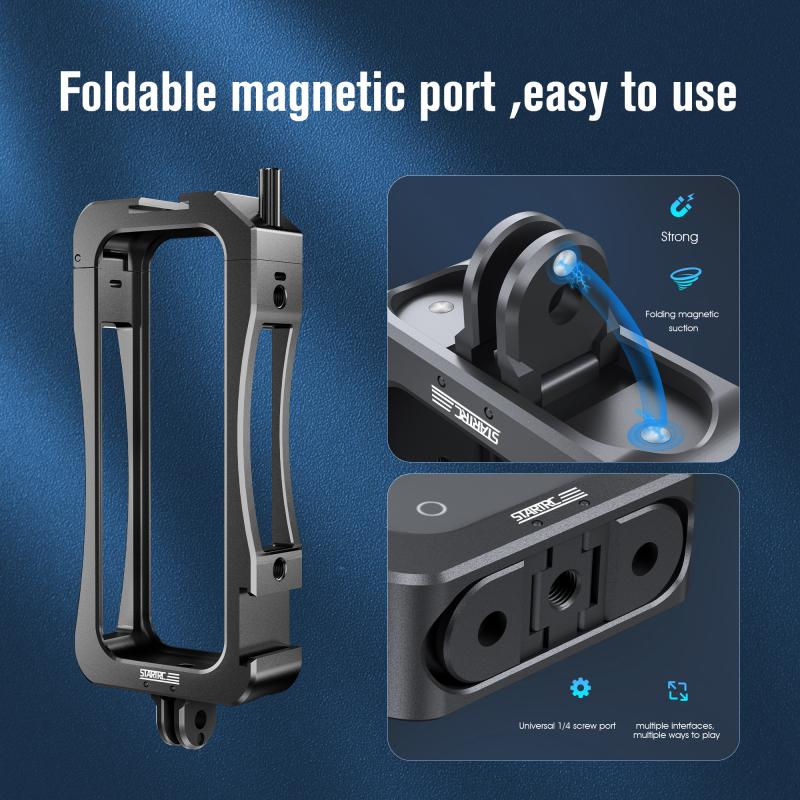
If you decide to proceed with installing your own solar panels, it is essential to follow a structured approach to ensure a successful installation. Here are the key steps involved:
1. Assess Your Energy Needs: Before purchasing solar panels, you need to determine your energy consumption and the size of the system required to meet your needs. This involves analyzing your electricity bills and calculating your average energy usage.
2. Evaluate Your Roof: The condition and orientation of your roof play a crucial role in the efficiency of your solar panels. Ensure that your roof is in good condition and has sufficient space to accommodate the panels. South-facing roofs with minimal shading are ideal for maximizing solar energy production.
3. Obtain Necessary Permits: Check with your local government to determine the permits and approvals required for solar panel installation. This may include building permits, electrical permits, and zoning approvals. Failing to obtain the necessary permits can result in fines or the need to remove the panels.
4. Purchase the Right Equipment: Research and purchase high-quality solar panels, inverters, mounting hardware, and other necessary components. Ensure that the equipment is compatible and meets your energy needs.
5. Install the Mounting System: The first step in the physical installation process is to install the mounting system on your roof. This involves securing the mounting brackets to the roof rafters and ensuring that they are properly aligned.
6. Mount the Solar Panels: Once the mounting system is in place, you can begin attaching the solar panels. Carefully follow the manufacturer's instructions to ensure that the panels are securely fastened and properly aligned.
7. Connect the Electrical Components: After the panels are mounted, you need to connect the electrical components, including the inverter and the wiring. This step requires a thorough understanding of electrical systems and should be approached with caution. If you are unsure about any aspect of the electrical work, it is advisable to consult a licensed electrician.
8. Test the System: Once the installation is complete, you need to test the system to ensure that it is functioning correctly. This involves checking the connections, monitoring the output, and verifying that the system is producing the expected amount of energy.
9. Schedule an Inspection: Many local governments require a final inspection to ensure that the installation meets all safety and building code requirements. Schedule an inspection with your local building department and address any issues that may arise.
Installing your own solar panels can be a cost-effective and rewarding project, but it is not without its challenges. It requires a significant investment of time, effort, and technical knowledge. If you are confident in your abilities and willing to put in the necessary work, DIY solar panel installation can be a viable option. However, if you are unsure about any aspect of the process, it may be worth considering professional installation to ensure the safety and efficiency of your solar energy system.
Ultimately, the decision to install your own solar panels depends on your individual circumstances and preferences. By carefully weighing the benefits and challenges, you can make an informed decision that aligns with your goals and resources. Whether you choose to go the DIY route or hire a professional, transitioning to solar energy is a positive step towards a more sustainable future.



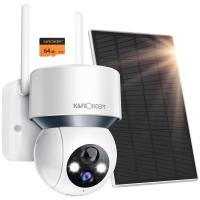



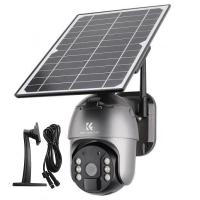
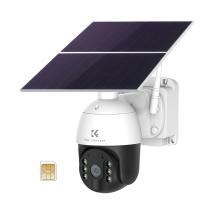
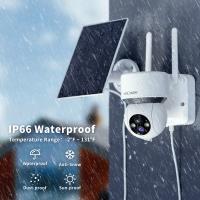
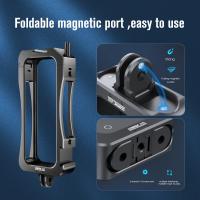
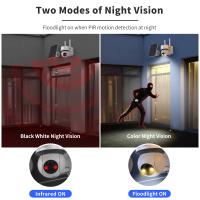
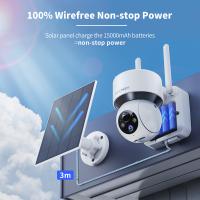

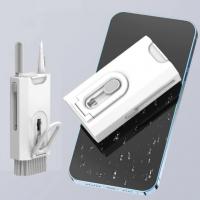


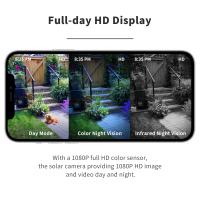
There are no comments for this blog.